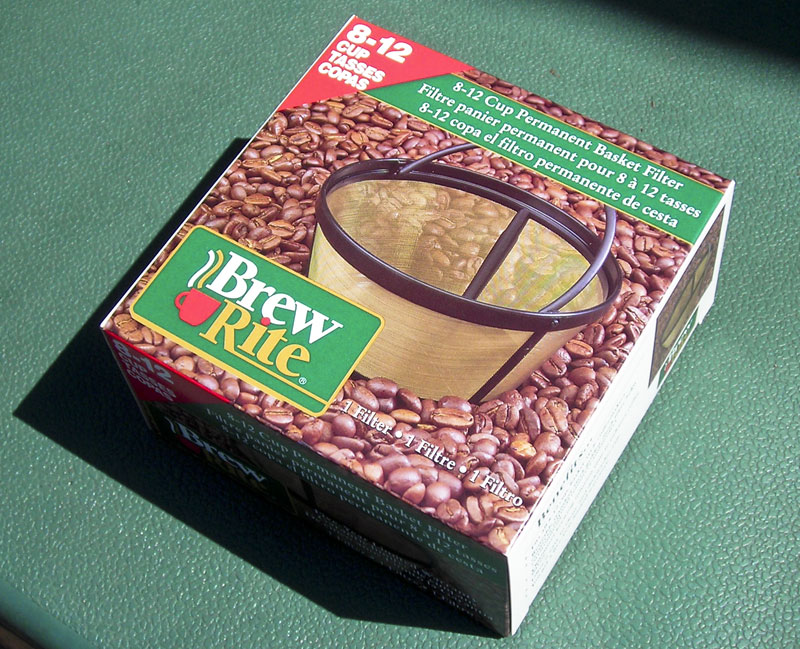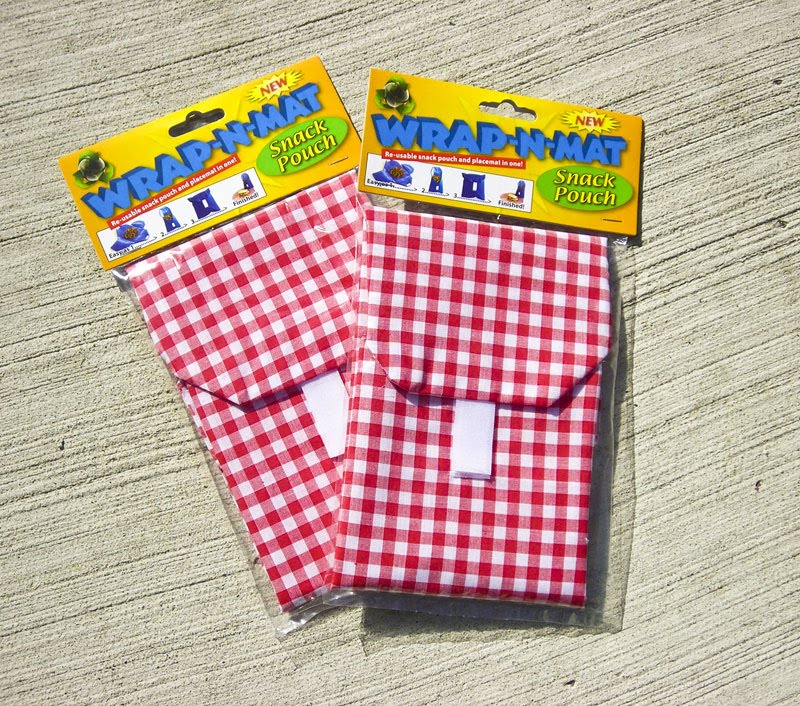You might recall in my post about the great potato experiment I mentioned steadying the garbage can with Earth Boxes.
You might have wondered what Earth Boxes are as well, and as I recall, I did promise to tell you. Their website explains the concept and structure pretty well, but in short, they are optimized container gardening for plants that normally don’t grow well in containers. They consist of a large rectangular box with plastic mesh in the bottom and space for a watering tube. This creates a reservoir for water. Potting mix is added on top of the plastic mesh, and lime can be added to it for vegetables that require it, such as tomatoes. The number you can plant in each and their placement depend on the type of plants, and location of the strip of fertilizer at the very top of the mix depends on how many plants you’ve put in it. A cover that reminds me of a giant shower cap (although it’s really to keep warmth and moisture in rather than out) goes on top of that, and a fill tube goes in the side. Then you cut an X in the cover for each young plant or seedling you’re putting in the Earth Box and plant them. Watering is done every day or every other day through the fill tube until the water runs out of the bottom, so you know when you’ve watered enough and over-watering is impossible. Organic versions of the fertilizer and soil are available as well, as are refill kits. No need to buy completely new Earth Boxes year after year as most of the components can be reused, so while the initial cost is high ($45-$70 for a kit depending on where you buy it, so shop around), it isn’t expensive over the long term. For example, I have all of the lime and fertilizer I bought two years ago and both will last me several more seasons.
Obviously, they’re great for small spaces such as small yards, patios, decks, etc., but how well do they work? What kind of yield do you get with fruits and veggies? I can say with confidence that given enough sun, water, and fertilizer, the yield is really good and the results are quite tasty. Earth Box seems to have perfected an optimal, self-contained ecosystem that nurtures plants well.
Here’s a photo I took about 2 years ago of the cherry tomato plant I put in an Earth Box just as it was bearing fruit. Those were the best cherry tomatoes I’ve ever eaten and my yield that year was as good as I got out of plants in the ground. For sweet peppers, I got much better yield from the Earth Boxes than I did from the plants in the ground.
So I give Earth Boxes a big thumbs up, particularly for those of us who lack acres of space. They’re also good for steadying your makeshift garbage can potato planter, if you were wondering.
















